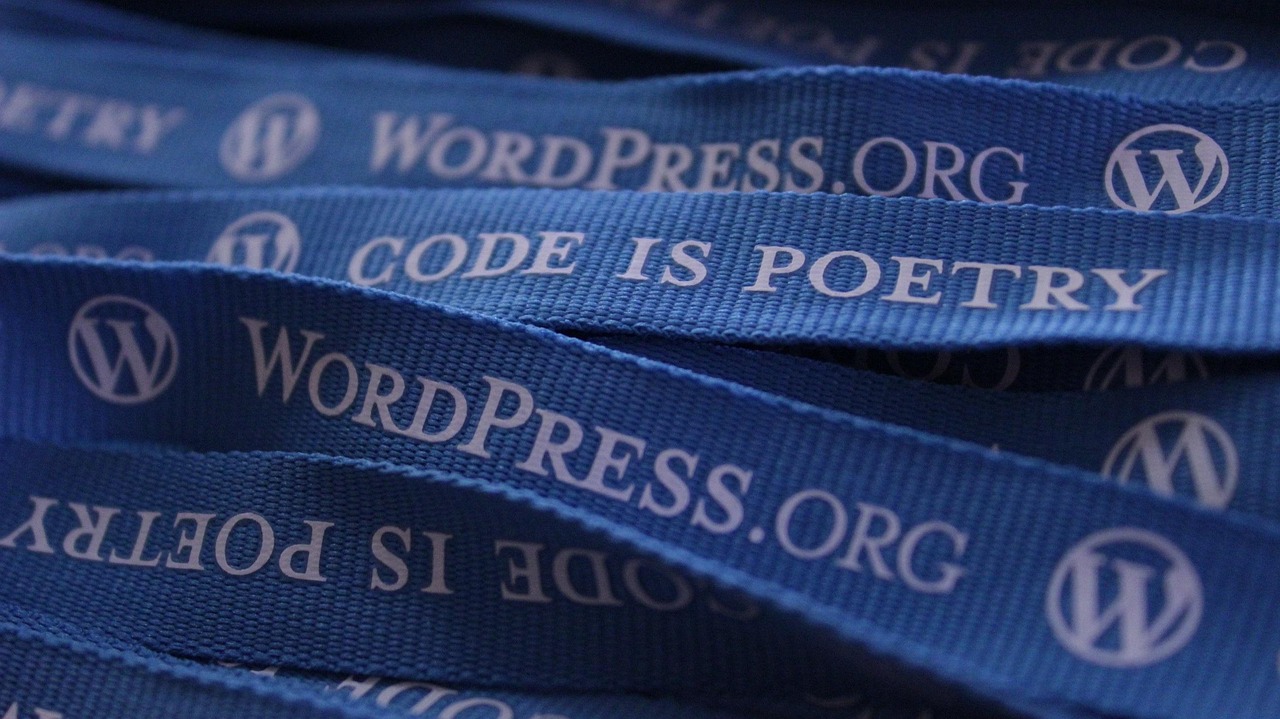Imagine a world where software testing is faster, more efficient, and catches bugs before they impact your users, all thanks to the power of artificial intelligence. That world is quickly becoming a reality with the rise of AI testing tools. These tools are revolutionizing how software quality is ensured, moving beyond traditional methods to provide deeper insights and automated processes. This blog post explores the landscape of AI testing, showcasing its benefits, capabilities, and how you can leverage it to enhance your software development lifecycle.
What are AI Testing Tools?
AI testing tools leverage artificial intelligence and machine learning techniques to automate and enhance various aspects of the software testing process. They move beyond traditional script-based testing by incorporating algorithms that can learn, adapt, and make intelligent decisions, ultimately leading to more robust and reliable software.
Key Features of AI Testing Tools
AI-powered testing tools offer a range of features that differentiate them from traditional testing methodologies. These features include:
- Automated Test Generation: AI can analyze requirements, user stories, and existing code to automatically generate test cases, significantly reducing the time and effort required for test creation.
Example: Consider an e-commerce application. An AI tool can analyze the product catalog, user flows (adding to cart, checkout), and payment gateways to automatically generate test cases covering various scenarios, including edge cases.
- Intelligent Test Execution: AI algorithms can prioritize and execute tests based on risk and impact, ensuring that critical areas of the application are thoroughly tested.
Example: An AI testing tool can prioritize tests related to user authentication and payment processing due to their high impact on the user experience and business operations.
- Self-Healing Tests: AI can automatically identify and repair broken tests caused by UI changes or application updates. This reduces test maintenance overhead and improves the reliability of the test suite.
Example: If a button’s ID or location changes due to a UI update, an AI tool can automatically update the test script to reflect the new element properties, preventing test failures.
- Visual Validation: AI can perform visual testing to identify UI inconsistencies and defects that might be missed by traditional functional tests.
Example: An AI tool can detect visual defects like misaligned elements, incorrect fonts, or overlapping text, ensuring a consistent and polished user interface across different devices and browsers.
- Predictive Analysis: AI can analyze historical test data and code changes to predict potential bugs and vulnerabilities, allowing developers to proactively address issues before they reach production.
Example: By analyzing patterns of code changes associated with previous bug reports, an AI tool can identify new code commits that are likely to introduce similar defects and flag them for further review.
- Anomaly Detection: AI algorithms can monitor application performance and identify anomalies that might indicate underlying issues, such as memory leaks or performance bottlenecks.
Example: An AI tool can detect a sudden increase in response time for a specific API endpoint, indicating a potential performance bottleneck that needs to be investigated.
Benefits of Using AI in Software Testing
The adoption of AI testing tools offers a multitude of benefits for software development teams:
- Increased Efficiency: Automation reduces the time and effort required for testing, allowing teams to deliver software faster.
- Improved Test Coverage: AI can generate more comprehensive test suites, covering a wider range of scenarios and edge cases.
- Reduced Costs: Automation and self-healing tests minimize manual effort and reduce the costs associated with test maintenance and bug fixing.
- Enhanced Accuracy: AI algorithms can identify defects that might be missed by human testers, improving the overall quality of the software.
- Faster Feedback Loops: AI-powered testing provides quicker feedback to developers, enabling them to address issues earlier in the development lifecycle.
- Better User Experience: By identifying UI inconsistencies and performance bottlenecks, AI testing tools help ensure a seamless and positive user experience.
- Actionable Takeaway: Evaluate how AI driven automation can specifically address bottlenecks in your current QA process.
Types of AI Testing Tools
The AI testing tool landscape is diverse, with solutions catering to different testing needs and stages of the software development lifecycle.
Functional Testing Tools
These tools focus on verifying that the software functions as expected according to its specifications.
- Example: Applitools uses visual AI to detect visual regressions and UI inconsistencies across different browsers and devices. It compares snapshots of the application UI and highlights any differences, enabling testers to quickly identify and address visual defects.
- Example: Testim uses a combination of AI and machine learning to create stable and maintainable automated tests for web and mobile applications. Its self-healing capabilities automatically adapt tests to UI changes, reducing test maintenance effort.
Performance Testing Tools
These tools assess the application’s performance under different load conditions, identifying bottlenecks and ensuring scalability.
- Example: LoadRunner leverages AI-powered analytics to identify performance bottlenecks and optimize resource utilization. It can simulate realistic user scenarios and provide detailed performance metrics.
- Example: NeoLoad uses AI to analyze test results and identify root causes of performance issues, providing recommendations for optimization.
Security Testing Tools
These tools identify vulnerabilities and security risks in the application code and infrastructure.
- Example: Checkmarx uses static code analysis and AI to identify security vulnerabilities in source code, helping developers to address security issues early in the development lifecycle.
- Example: Contrast Security uses runtime application self-protection (RASP) technology and AI to detect and prevent attacks in real-time, providing an additional layer of security.
Mobile Testing Tools
These tools are specifically designed for testing mobile applications across different devices and operating systems.
- Example: Experitest provides a cloud-based platform for mobile testing, with AI-powered features for automated test execution and visual validation.
- Example: Kobiton uses AI to analyze user behavior and identify potential issues in mobile applications, providing insights for improving the user experience.
- Actionable Takeaway: Identify which type of AI testing tool aligns best with your current testing needs and the stage of your software development lifecycle.
Implementing AI Testing Tools: Best Practices
Successfully implementing AI testing tools requires careful planning and execution. Here are some best practices to follow:
Start with a Clear Strategy
- Define your testing goals and objectives. What are you trying to achieve with AI testing?
- Identify the areas where AI can provide the most value. Where are your biggest testing bottlenecks?
- Select the right tools based on your specific needs and requirements.
- Example: If you are primarily focused on improving UI consistency, consider implementing a visual AI testing tool like Applitools.
Integrate AI Testing into Your DevOps Pipeline
- Automate the entire testing process, from test generation to execution and reporting.
- Integrate AI testing tools with your CI/CD pipeline to enable continuous testing.
- Monitor test results and track key metrics to measure the effectiveness of your AI testing efforts.
- Example: Integrate an AI-powered security testing tool into your CI/CD pipeline to automatically scan code for vulnerabilities whenever new code is committed.
Train Your Team
- Provide training to your testers and developers on how to use AI testing tools effectively.
- Encourage collaboration between testers and developers to leverage the insights provided by AI testing tools.
- Foster a culture of continuous learning and improvement, encouraging your team to experiment with new AI testing techniques and tools.
- Example: Conduct workshops and training sessions to familiarize your team with the features and capabilities of the chosen AI testing tools.
Continuously Evaluate and Improve
- Regularly review your AI testing strategy and adjust it as needed based on your experiences and results.
- Monitor the performance of your AI testing tools and identify areas for improvement.
- Stay up-to-date with the latest advancements in AI testing and incorporate them into your testing practices.
- Example: Track the number of bugs found by AI testing tools over time and compare it to the number of bugs found by manual testing to assess the effectiveness of your AI testing efforts.
Example Scenario: Automating Regression Testing with AI
Imagine a scenario where a software company regularly releases updates to its web application. The company wants to automate its regression testing process to ensure that new releases do not introduce any regressions. Here’s how they could implement AI testing tools:
Challenges and Considerations
While AI testing offers significant advantages, it’s important to acknowledge the challenges and considerations:
Data Requirements
- AI algorithms require large amounts of data to train effectively.
- Ensure that you have access to sufficient and relevant data to train your AI testing tools.
- Example: To train an AI model for anomaly detection, you need to collect historical performance data for your application under different load conditions.
Algorithm Bias
- AI algorithms can be biased based on the data they are trained on.
- Be aware of potential biases in your AI testing tools and take steps to mitigate them.
- Example: If your training data primarily consists of test cases written by a specific group of testers, the AI model might be biased towards their testing style and miss certain types of defects.
Tool Complexity
- AI testing tools can be complex to set up and configure.
- Provide adequate training to your team and seek expert assistance if needed.
- Example: Understanding the configuration options and parameters for an AI-powered performance testing tool can be challenging, requiring specialized knowledge and expertise.
Over-Reliance on Automation
- AI testing should complement, not replace, human testers.
- Human testers are still needed to perform exploratory testing, usability testing, and other types of testing that require human judgment and creativity.
- Example: While AI can automate regression testing, human testers are still needed to perform exploratory testing and identify new types of defects that the AI model has not been trained to detect.
- Actionable Takeaway: Remember that AI is a tool to augment, not replace, human expertise in software testing.
Conclusion
AI testing tools are transforming the software testing landscape, offering significant benefits in terms of efficiency, accuracy, and cost savings. By understanding the capabilities of AI testing, implementing best practices, and addressing the challenges and considerations, software development teams can leverage AI to deliver higher-quality software faster. The future of software testing is undoubtedly intertwined with AI, and embracing this technology will be crucial for success in today’s competitive market. As AI technology continues to evolve, we can expect even more innovative and powerful testing tools to emerge, further revolutionizing the way software is developed and tested.




